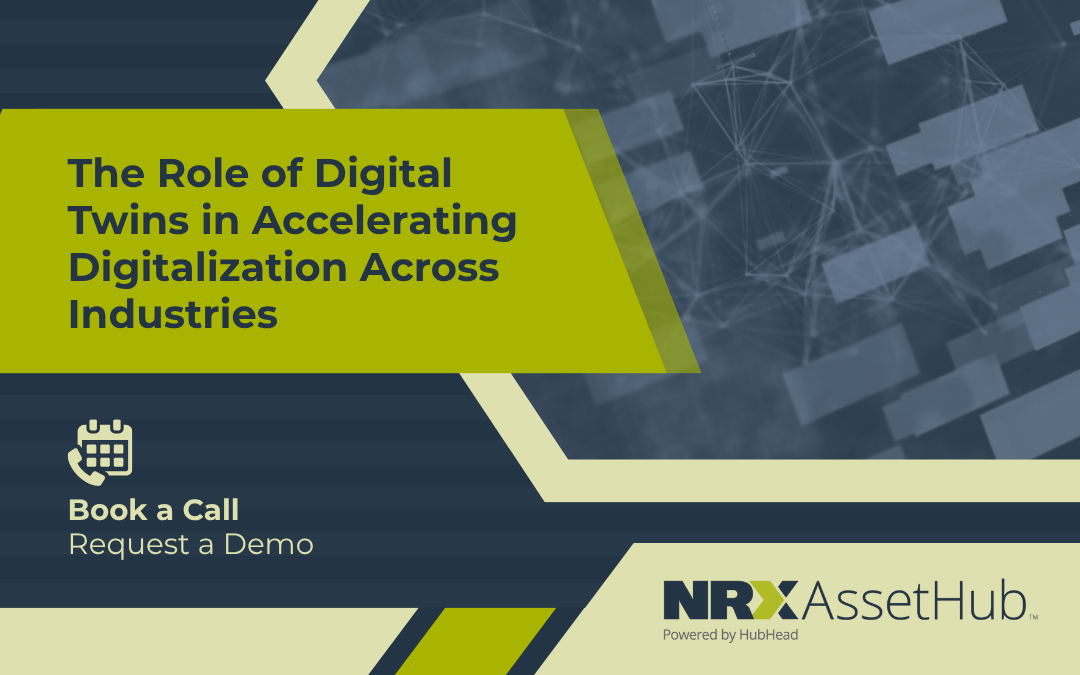62% of industrial leaders report that digital transformation of plant operations is already underway. Among the most transformative tools in this movement is the digital twin. It is a virtual representation of a physical asset, process, or system. Digital twins enable data-driven decision-making and real-time optimization.

What Is a Digital Twin?
A digital twin is a dynamic counterpart of a physical object or environment. It uses real-time data and simulation to monitor performance and enhance outcomes. Gartner defines it as “a digital representation of a real-world entity or system” that is updated from real-time data and uses simulation and reasoning to help decision-making.
Driving Digitalization Across Key Sectors
In manufacturing, digital twins are reshaping traditional production lines. By creating virtual models of machines and workflows, companies can reduce downtime and anticipate maintenance needs. For instance, a North Sea operator was able to cut 500 site visits and reduce maintenance costs by 23% by adopting AI-driven predictive maintenance powered by a digital twin. These outcomes underscore how digitalization and real-time insights are deeply connected.
In smart cities, digital twins are being deployed to manage infrastructure, traffic systems, and energy usage. Singapore’s Virtual Singapore project offers a 3D city model and collaborative platform for urban planning. It enables stakeholders to simulate various policies and infrastructure plans which dramatically improve urban decision-making.

Why Digital Twins Accelerate Digitalization
Digitalization refers to converting analog processes into digital ones to increase efficiency and adaptability. However, it’s not enough to merely digitize existing workflows. Companies must also analyze the data these systems generate, and this is where digital twins shine.
By combining IoT sensors, cloud computing, and AI, digital twins transform raw data into actionable insight. This empowers organizations to react faster and improve productivity. According to Capgemini, 87% of firms cite labor shortages as a key reason to digitize, especially in regions such as Europe, where retirements are outpacing new workforce entries. Digital twins help bridge this gap by reducing manual oversight and enabling automation at scale.
Challenges and Opportunities
Despite their benefits, adoption is still in early stages. Only 18% of industrial firms expect to increase digital twin spending in the near term, highlighting a gap between recognition and investment. This may be due to cost, complexity, or limited internal expertise. However, as more organizations realize the tangible ROI of digital twins in reducing costs and improving performance, investment is expected to grow. The twin’s ability to support predictive maintenance and sustainable operations makes it indispensable for digital transformation.
Conclusion
Digital twins are no longer experimental. They are critical accelerators of digitalization across industries. As organizations face increasing complexity and demand, digital twins offer a pathway to smarter operations, greater efficiency, and sustained competitiveness.
Integrating AI P&ID Extraction with Asset Management Systems
ISO 14224 vs Other Maintenance Standards: What Sets It Apart?
Building Trust in Your Asset Data: Strategies for Governance
Share this article




